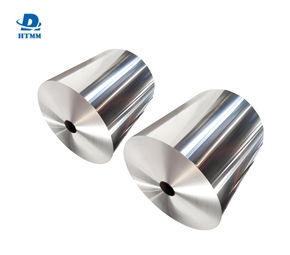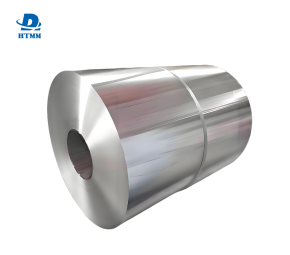Through considerable market research we have found that 30cm provides the most usable foil area on widely available cooking vessels (i.e., wok) and commercial cooking tray while minimizing waste - a concern in price-sensitive markets. The additional benefit is that the foil is robust enough to endure high humidity that comes with every day tropical climates, while maintaining protection of food smells due to high humidity; this feature ensures long lasting, but very distinct flavors found in the dishes from the regions of Southeast Asia.
From the food stalls of Bangkok, to Jakarta's warungs, and Manila's carinderias, it is the practical choice for efficient, hygienic, handling of food while balancing modern bases with traditional considerations.
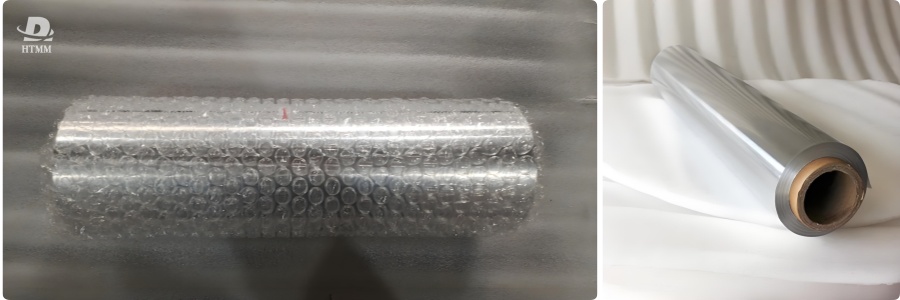
The 30cm heavyweight aluminum foil roll specifications are particularly tailored to satisfy the unique requirements of Southeast Asian cooking methods. Compared to Western household aluminum foils, the products for Southeast Asia, on average typically are thicker (18-20 microns) to meet the specific conditions of vigorous wrapping and high-temperature cooking of intensive cooking methods.
Heavy duty aluminum foil rolls rely on thicker foils in our case; if used at say, the sharp edges of pandan leaves; when using acidic marinades; and steaming for a longer time, a typical foil may compromise its mechanical properties.
The particular alloy addition is to take on corrosive properties of region's common cooking ingredients i.e. tamarind, coconut milk, fish sauce. The surface treatment we use is focused on non-stick properties and that it is useful in working with sticky rice or caramelized sauce. In deciding on inner/coring size and length of the roll, we have allowed for local storage constraints in the design of our packaging while allowing for higher volume applications. Developed after years of regional testing – the above also explains why our 30cm product performs better than imported types (on most occasions), in testing conditions, in real world cooking applications.
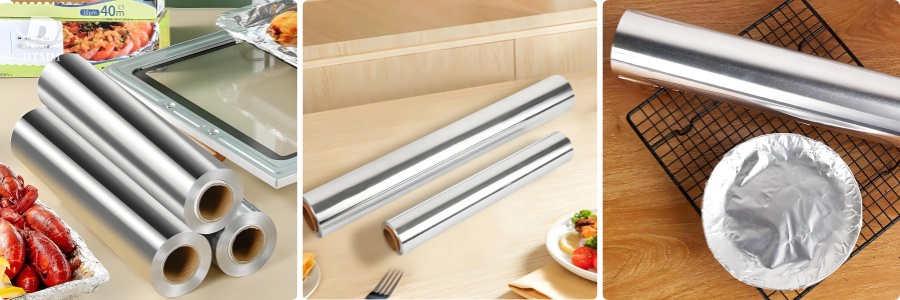
The commercial applications of 30cm rolls of catering foil have dramatically changed the food service processes in the colorful hospitality industry throughout Southeast Asia. The width of the roll accommodates the platter dimensions for banquet plated service just right. With the 30cm roll, kitchen staff can quickly wrap out individual portions or build stunning buffets to serve many guests in a fraction of the time. The hotel chains appreciate the minimal cutting waste for the hundreds of room service covers they put together during the course of a day and street food operators love the efficiency of plating out individual portions of grilled meats or steamed snacks. The overall retention of heat in the 30cm foil rolls extends to the culturally acceptable practice of keeping food warm for long periods duration during meals that involve sharing dishes.
We have even created versions with strengthened edges intended for use by satay vendors who needed a strong wrap that wouldn't tear when they skewered the meats. The demand for this size catering foil has exponentially increased recently with the rise of meal delivery services across urban Southeast Asia, with 30cm rolls providing an excellent option for wrapping single-serve portions while keeping food warm and hygienic as it travels to the end consumer. The growing range of commercial applications for this versatile size reflect how an apparently simple product can inventively adapt to common uses associated with distinct source cycles within Southeast Asia's food service ecosystem.
Cultural factors also play a significant role in the adoption of 30cm aluminum foil rolls in Southeast Asian households. The width is perfectly sized for the dimensions of traditional food storage containers, tiffin carriers or bamboo steamers, which are features of home kitchens within the culture. This compatibility enables cooking rituals that are seen on an almost daily basis, as like packing school lunches or safely storing leftover curries.
The reflectivity of the aluminum foil can easily be applied in a tropical climate, as keeping food cool is often as simple as not using refrigeration - one of many indirect modern solutions to long-standing food preservation challenges. We have witnessed the ways in which the 30cm roll size provides an efficient method of preparing food for festivals, during Lunar New Year, Ramadan or other cultural festivities when large-scale food preparation is a feature of preparing for guests in one's home.
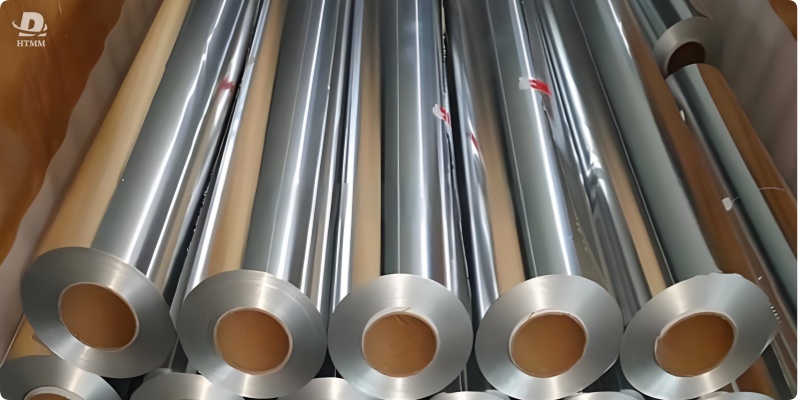
The foil roll is versatile, it can be used for cooking food in high moisture steaming and for dry grilling; making it an important invariant feature allowing home cooks to recreate the same texture as centre-stage store-bought food. Interestingly, the roll diameter and length that we have standardized is similarly sized to how household goods are purchased from local wet markets, where households have often simply adopted the habit of buying goods in weekly increments. These cultural subtleties go a long way to explain the inadequacies of importing Aluminium foil products made in the fashion of Western products that can easily miss the nuanced practical needs and desires of Southeast Asian homemakers.
As producers, we’ve made our heavy duty aluminum foil rolls a focus for innovation to address the environmental challenges unique to Southeast Asia. The 30cm width has enabled efficient use of materials when converting from our master rolls, as it reduced manufacturing waste in our facilities. To maintain performance in high-humidity conditions, where fluids may condense, we developed special alloys which will work in ways that ordinary aluminum foil would not.
Our foils packaging has moisture-resistant barriers, to protect the product from the tropics, an important consideration that many competitors fail to consider. While our foil has been developed with a range of lengths and package sizes suitable for urban hypermarkets as well as rural sari-sari stores, our distribution networks are also able to complete these complex functions. We also developed a series of recycled-content products that matched a growing consumer consciousness but met the region's cooking standards for strength.
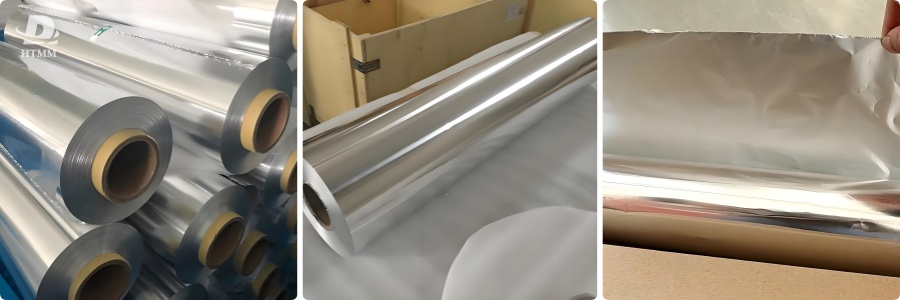
The foil's natural fit to the waste management system of Southeast Asia is also an important market-fit, as aluminum is also collected in an increasing number of the region's areas. These actions that we took in our manufacturing process and our supply chain clearly demonstrate how well we have aligned with the context of the region, and our approach to product development have been entirely contextualized to meet local need and values.
The future direction of 30cm aluminum foil roll product innovation in Southeast Asia is toward further specialization and functional value addition. We are developing roll foil variants with pre-printed measurement markings to assist street food vendors with portion sizes, and testing antimicrobial coatings to assist with outdoor market food safety.

